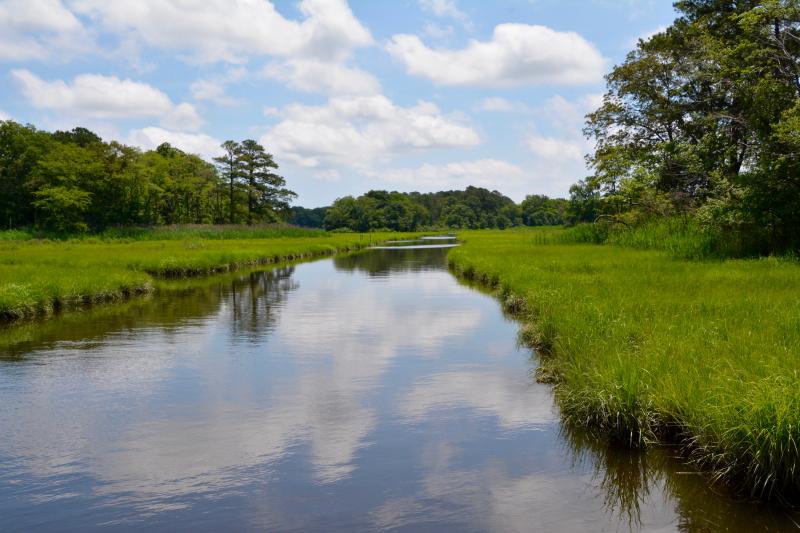First public hearing on buffer ordinance is Nov. 4
Two years after Sussex County Council was presented with recommendations from a working group on updating the county's buffer, wetlands and drainage ordinance, council has voted to introduce it.
The first of two public hearings will take place during the Thursday, Nov. 4 Sussex County Planning and Zoning Commission meeting. County council will also schedule a hearing to gain public input.
Summarizing the ordinance during council's Oct. 12 meeting, assistant county attorney Vince Robertson said the need to update the ordinance was reflected in the 2018 comprehensive plan, and a working group of stakeholders met for 1 1/2 years to iron out recommendations.
He wanted to make it clear that the ordinance does not apply to vacant lands or farmland. Among the major changes are a new requirement for a 30-foot minimum buffer from nontidal wetlands and an increase from a 50-foot buffer to a 100-foot buffer for tidal wetlands.
District 3 Councilman Mark Schaeffer said he was very concerned about the ordinance's impact on the agriculture community.
In addition, he asked whether or not the county should move forward with the ordinance knowing that state officials are interested in new regulations for nontidal wetlands. “Should we pass an ordinance before we know what the state and Army Corps plan to impose on us?” he asked.
Senate Joint Resolution 2, signed Sept. 30 by Gov. John Carney, directs the Delaware Department of Natural Resources and Environmental Control to begin coordinating with federal agencies to “identify the structure necessary for a state nontidal wetlands program to shift permitting authority from the federal level to the state.”
The resolution requires completion of a report within a year. It notes that Delaware is the only state in the Mid-Atlantic region that does not provide state-regulated protection of nontidal wetlands.
District 2 Councilwoman Cindy Green said she was also concerned about the impact on Sussex farmland and the potential for new state regulations. “I think we need to be careful not to overregulate in an effort to be proactive,” she said.
Robertson said the working group addressed concerns about any impact on the farming community. He said it would not affect land values, because the basic AR-1 zoning allowing two units per acre remains as it always has. “We wanted to make sure this was not a density ordinance cloaked in environmental concerns,” he said. “This ordinance will have little or no impact on agricultural land.”
The proposed buffer ordinance includes:
• Property lot lines are no longer permitted as part of a buffer
• Tidal waters and tidal wetlands: 100 feet
• Perennial nontidal rivers and streams: 50 feet
• Nontidal wetlands: 30 feet
• Intermittent streams: 30 feet
• Tax ditches: no buffers required.
• A resource buffer management plan in a community's covenants
• Incentives to allow developers more flexibility in design
• Preservation of established native forests and non-forested meadows to eliminate clear-cutting.
Find links to the Senate resolution at legis.delaware.gov/BillDetail/68617.





















































